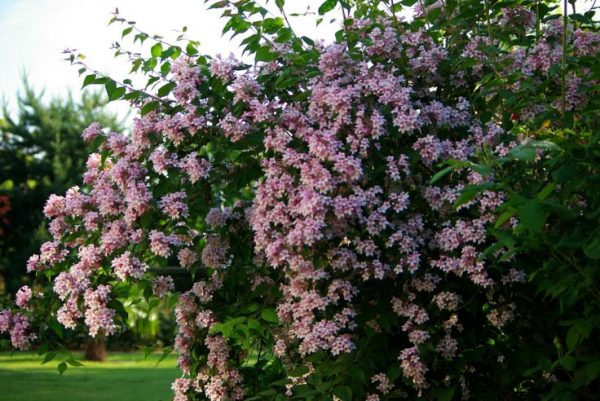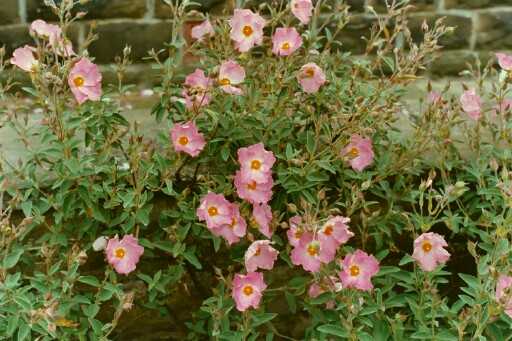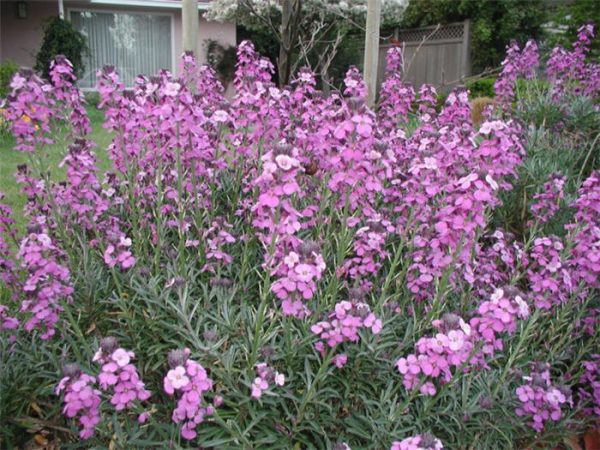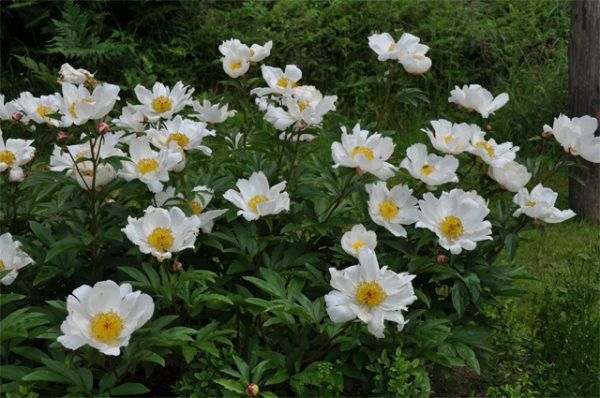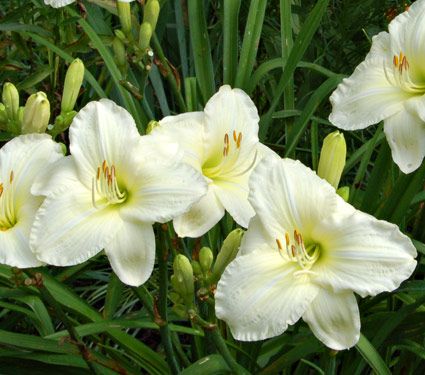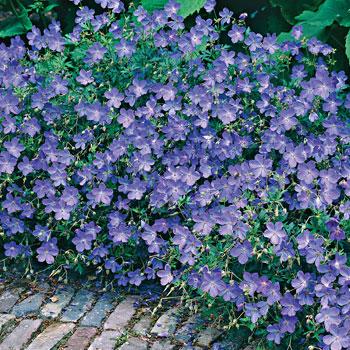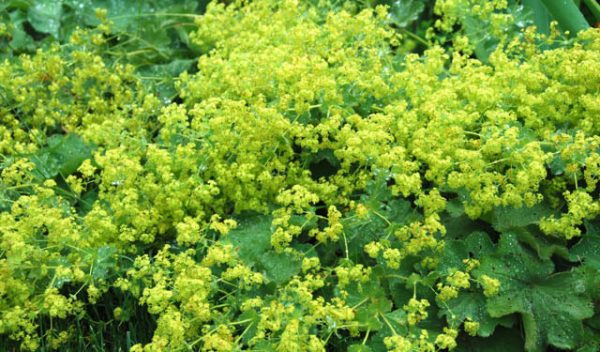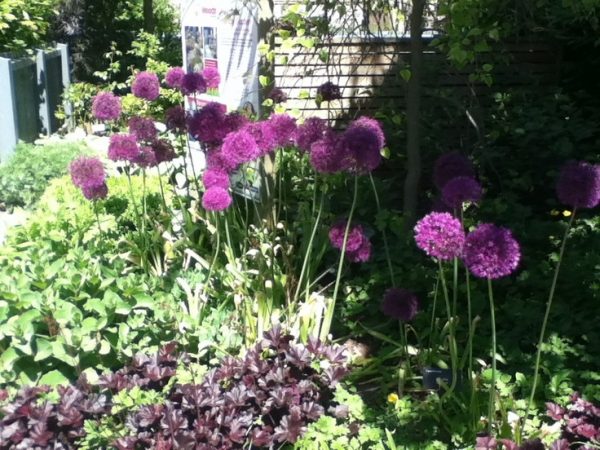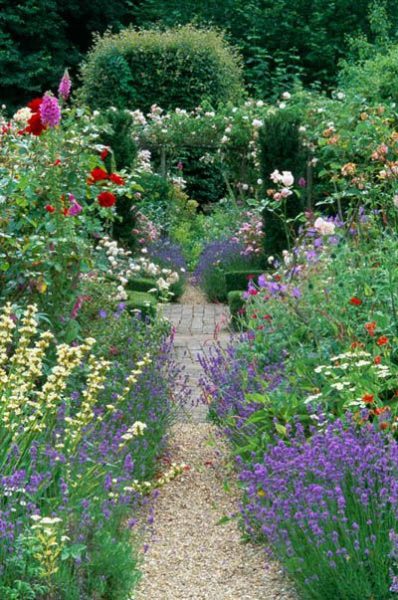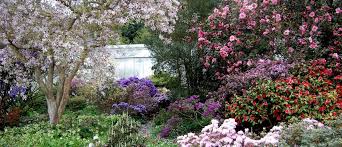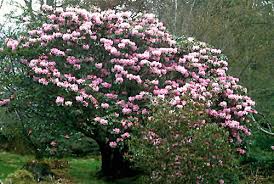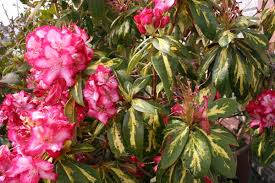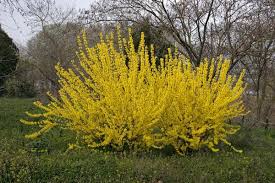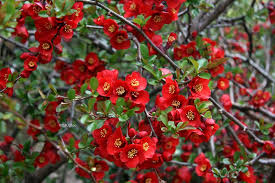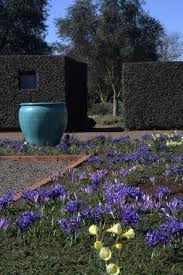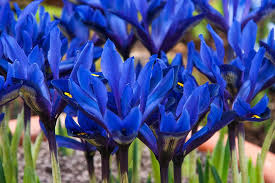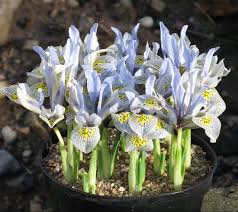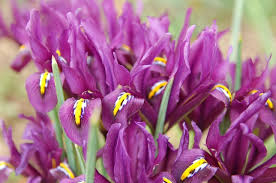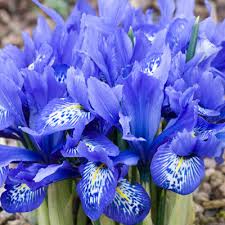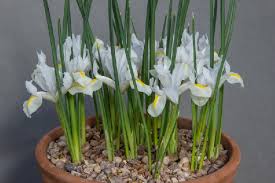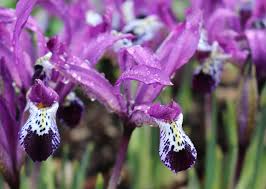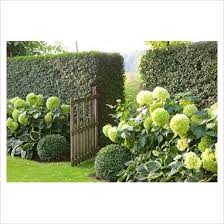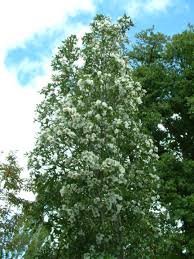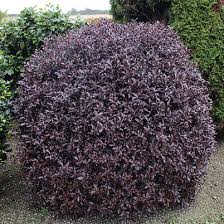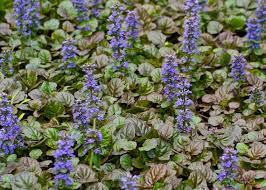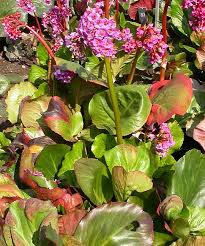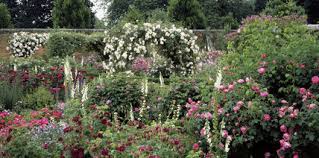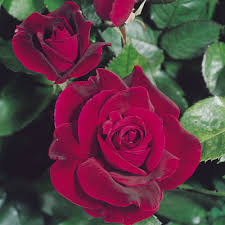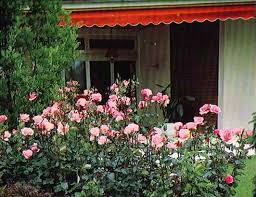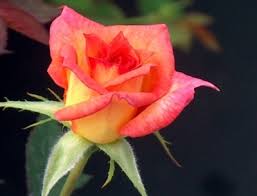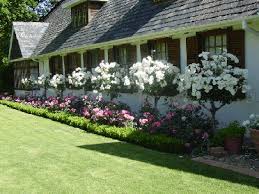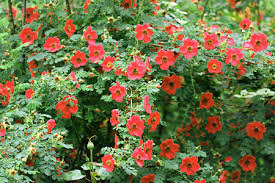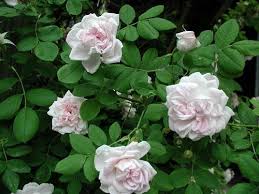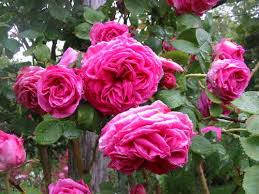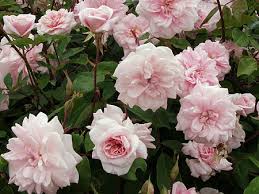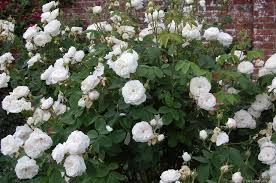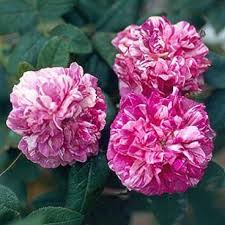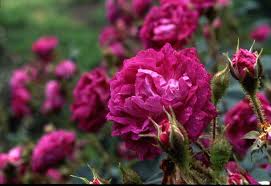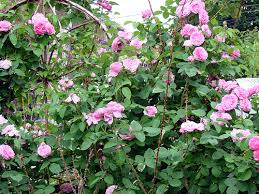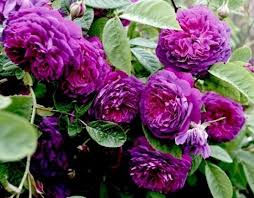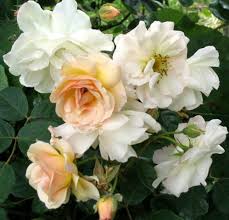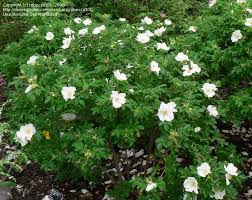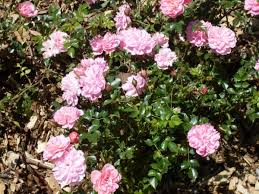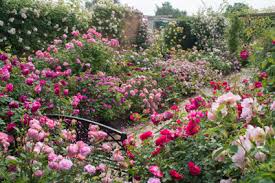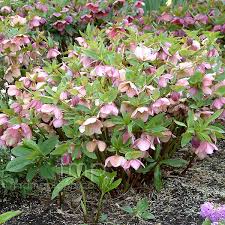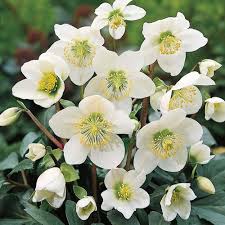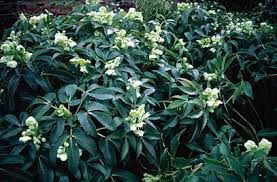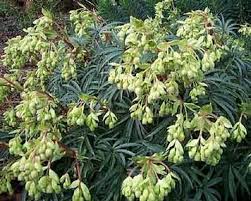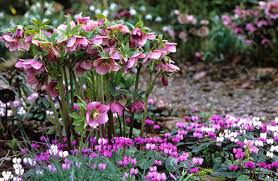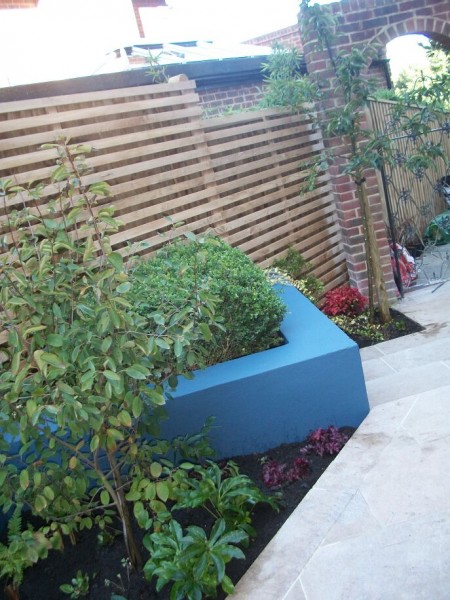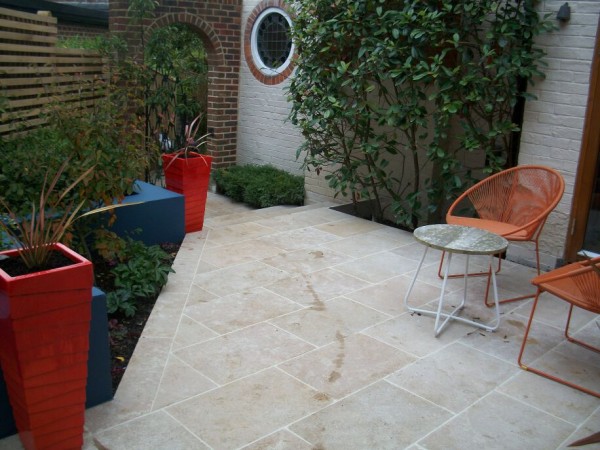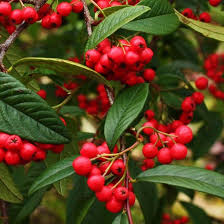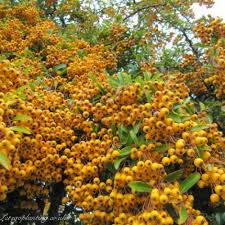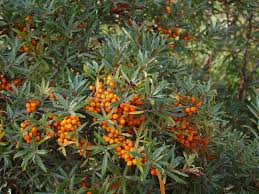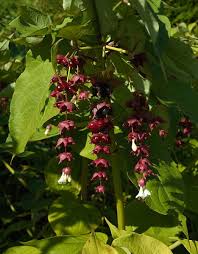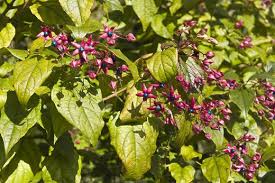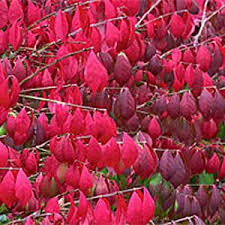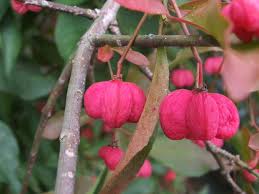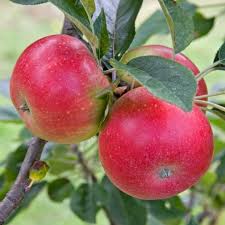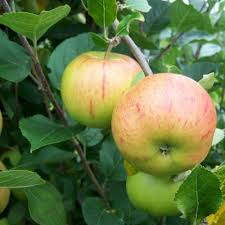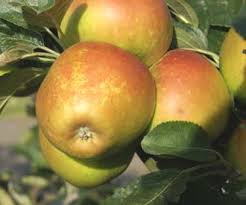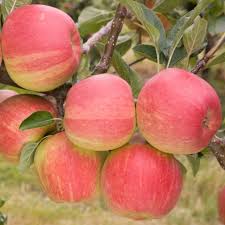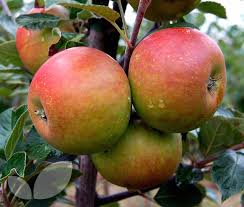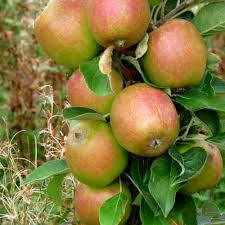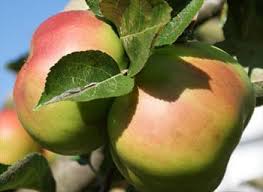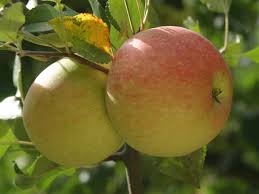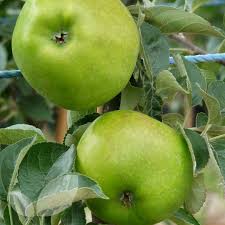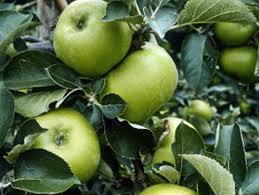An exciting new web page under services. visit www.arcadiagardendesign.co.uk/services/urban-garden-design/
So many of us live in a crowded urban environment. Which is overwhelmingly filled with built structure from houses, skyscrapers, shopping malls, roads and car parks it is hard to see the green, and often even harder to see our own little bit of green oasis where we can shut out the city and can enjoy the natural environment.
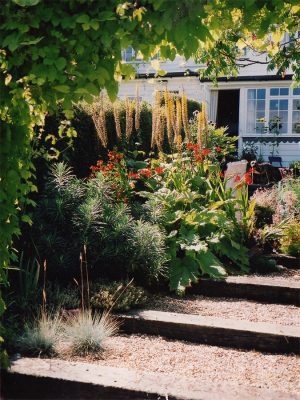
A town oasis
It does not have to be this way, over the years I have designed all sorts of very small odd shaped courtyards, often surrounded by high walls and over looking buildings, that at best become a storage spot for the bins and recycling boxes with the odd bike thrown into the mix.
Good garden design can find solutions to storing bikes, with well designed bike sheds with green roofs planted with plants to attract garden pollinators and bees. To spots to hide dustbins behind well chosen planting and recycling boxes that can disappear into storage bench seats. To retractable washing lines that do away with the space hungry rotary washing line.
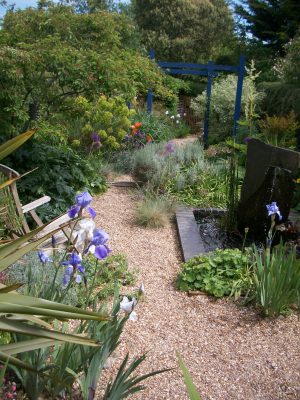
a quite spot to sit and enjoy the new outdoor room.
These spaces can become somewhere where you can want to spend time in, with seating areas that double up as storage and exciting boundary design with planting that can bring green to the vertical. Carefully designed water features can help to hide traffic noise and bring a tranquil quality to your new outside room.
For full details and to see sketch designs and photos visit the new web page www.arcadiagardendeign.co.uk/services/urban-garden-design/
The other big dilemma for the urban dweller is parking, more cars less space and more on street parking schemes which keep going up in price and often you end up parked a few streets away from home for the price of you residents permit. These reasons understandably drive most town folk with a car into the decision to pave over the front garden and invite their 4 wheeled friend to sit with it’s nose on the glass of the sitting room window.
This has turned our town and city residential streets into a very unattractive parking lot, with a variety of different surfaces. Even large front gardens can be completely paved even though room is only needed for one or two cars creating a concrete dessert which is to the detriment ascetically for us all but with big knock on effects for wildlife and the city environment as a whole and for the health of the people who live and work there.
With globe warming and more uncertain weather patterns rain fall seems to come in the form of more substantial heavy down pours making flash floods in most urban areas much more frequent. Also the reduction in these green spaces, reduces the habits for urban wildlife from birds, insects, amphibians and mammals. Also the lawns, shrubberies and front garden trees act as the green lungs of our urban environment breathing in carbon dioxide and breathing out oxygen for the benefit of us humans and the city wildlife.
You have to ask yourself, if you live, work, or socialise in a town or city do you want it to be a sterile place with next to no wildlife? Because if not then you need to join the cry of the RHS campaign to Green Grey Britain to find out more visit https://www.rhs.org.uk/science/gardening-in-a-changing-world/greening-grey-britain
Government and local authorities have started to wake up and smell the coffee, with the introduction thank goodness of the SUDS law. Which means any newly paved areas for drives and parking that are over 5m2 have to paved with either permeable paving material, or have a sufficient drainage and soak-away system contained with in the home owners own garden or have a suitable body of planting to absorb the run off. So even if someone is determined to just pave everything in theory it should not add to the flash flooding risk.
To learn more visit https://www.rhs.org.uk/advice/how-to-green-your-grey-front-garden
So the RHS research is sobering reading, with more than 4.5 million front gardens having no plants at all! Also a ¼ of all front gardens are now completely paved.
At Arcadia Garden Design, we can find solutions so it does not have to be this way! Visit our new web page for full details www.arcadiagarendesign.co.uk/services/urban-garden-design/

parking with a front garden
But there is so much more you can do. I have been designing front gardens to incorporate parking and a green garden for twenty years. It is very possible to have both with an imaginative design approach so that you can still have a green space with trees and shrubs and herbaceous planting which helps with water run off, helps clean the air of the town and gives a a much needed habitat for the urban wildlife. Most importantly gaining back your front garden from being just a parking space makes it attractive, it helps your home sit well in the ascetics of the street environment. It looks welcoming to your visitors and for you returning home each day, it looks loved!

a front garden in Hove Sussex,that has good planting and a tree and space for a car
To find out more about the RHS on going research into front gardens their environmental importance, their wildlife habitats, their health advantages for city dweller and ways in which you can join the campaign. Visit https://www.rhs.org.uk/science/gardening-in-a-changing-world/greening-grey-britain/front-garden-research
If I can help you create your new green outside room or to give you parking and a front garden then please do ring me. Tel.01273 470753.
I look forward to hearing from you.

















